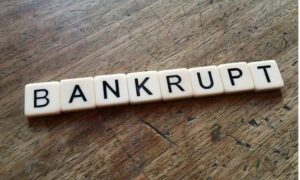Selling cars is an extremely competitive business. Manufacturers and dealers are obviously thoroughly aware of this and will do everything in their power, therefore, to ensure that the consumer is presented with an array of options when it comes to actually financing the purchase. The choice of different car finance options is no bad thing for the consumer, of course, but it does require some clear thinking to ensure that the best deal is secured on what is likely to be one of your more significant financial commitments.
To begin breaking down some of the car finance options, one of your first choices will be whether to borrow the necessary funds from your bank or another commercial lender, or from the car dealership itself.
If you arrange your own finance in the form of a personal loan, completely independently of the dealer selling you the car, you are at an immediate, distinct advantage of being effectively a cash buyer. This will give you valuable negotiating power and leverage in seeking the maximum discounts and the best possible price on a car which the dealer is, after all, very keen to sell. The loan from your bank will come with a readily understandable annual percentage rate of interest (APR) and a choice of repayment periods. If you can afford somewhat higher monthly repayments, then the shorter you can make the repayment period, the less you will end up paying in interest overall.
Most car dealers will also be eager to offer you a loan from their own car finance partners – indeed, the profit from car finance activities can sometimes exceed the narrow margins the dealer will be making from actually selling the vehicle. This might serve as a warning for the customer, too. On-the-spot finance might be convenient, but it can prove expensive, unless you are prepared to take a long hard look at how the figures stack up. One ruse frequently used by car dealership financing, for example, is to quote a “flat rate” interest on a car loan. Although the number will be lower (and apparently more attractive therefore) a flat rate of interest will cost you significantly more than the same amount of borrowing at an annual percentage rate.
Many dealers will also rely on the appeal of a fairly traditional standby when it comes to financing – and that is a hire purchase contract between you and the seller. Not only can hire purchase be relatively expensive, therefore, but the vehicle does not actually pass into the ownership of the buyer until the final hire purchase installment has been made.
A final form of car finance is the lease agreement. As the name suggests, this involves leasing the car for a predetermined period of time and paying a monthly lease fee. At the conclusion of the agreed period, the customer can simply return the vehicle and no more payments are needed, or they can start a fresh agreement to lease another vehicle, or they can make a final “balloon” payment (determined from the outset and representing a percentage of the original purchase price) in order to buy the car.

